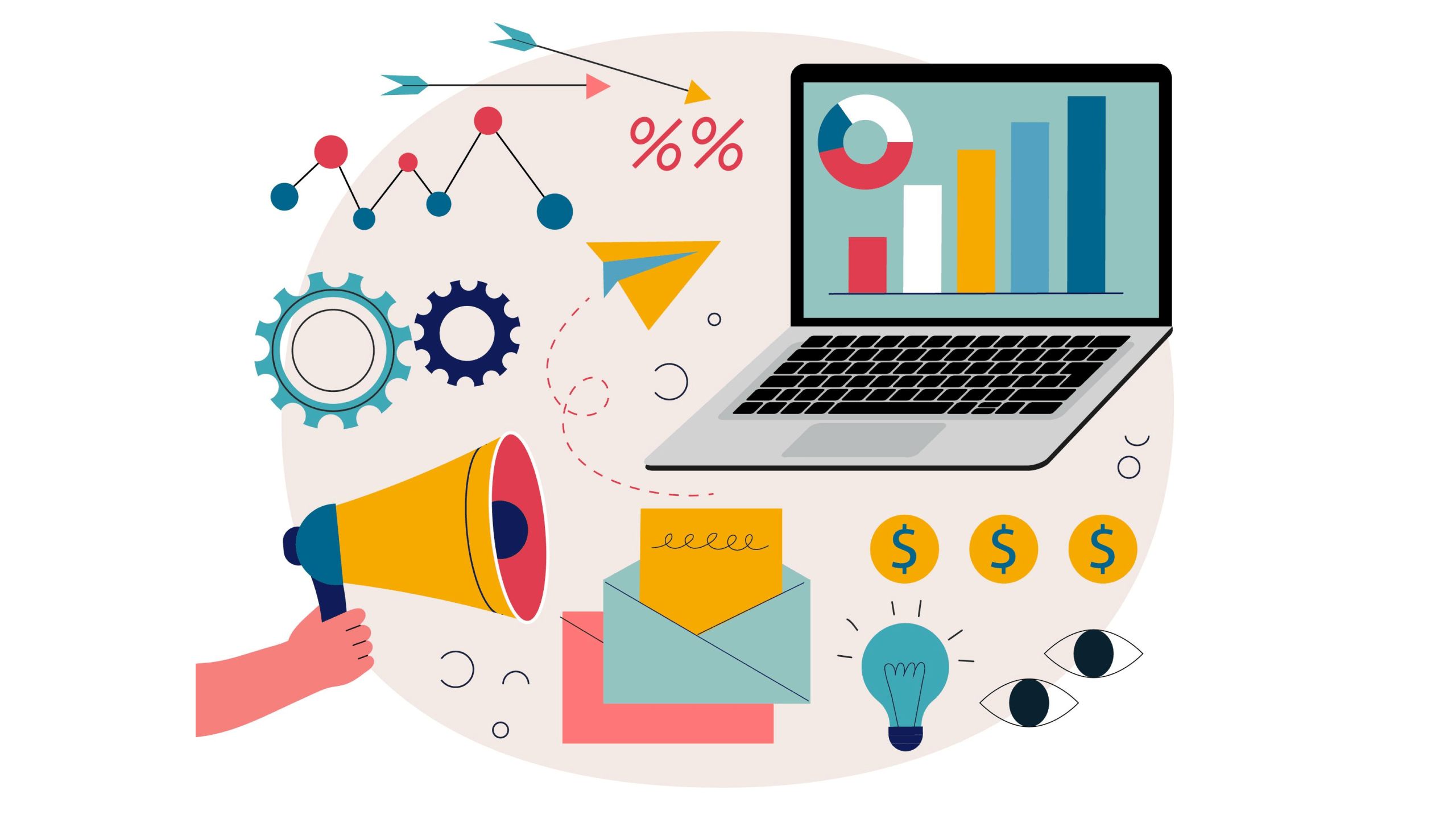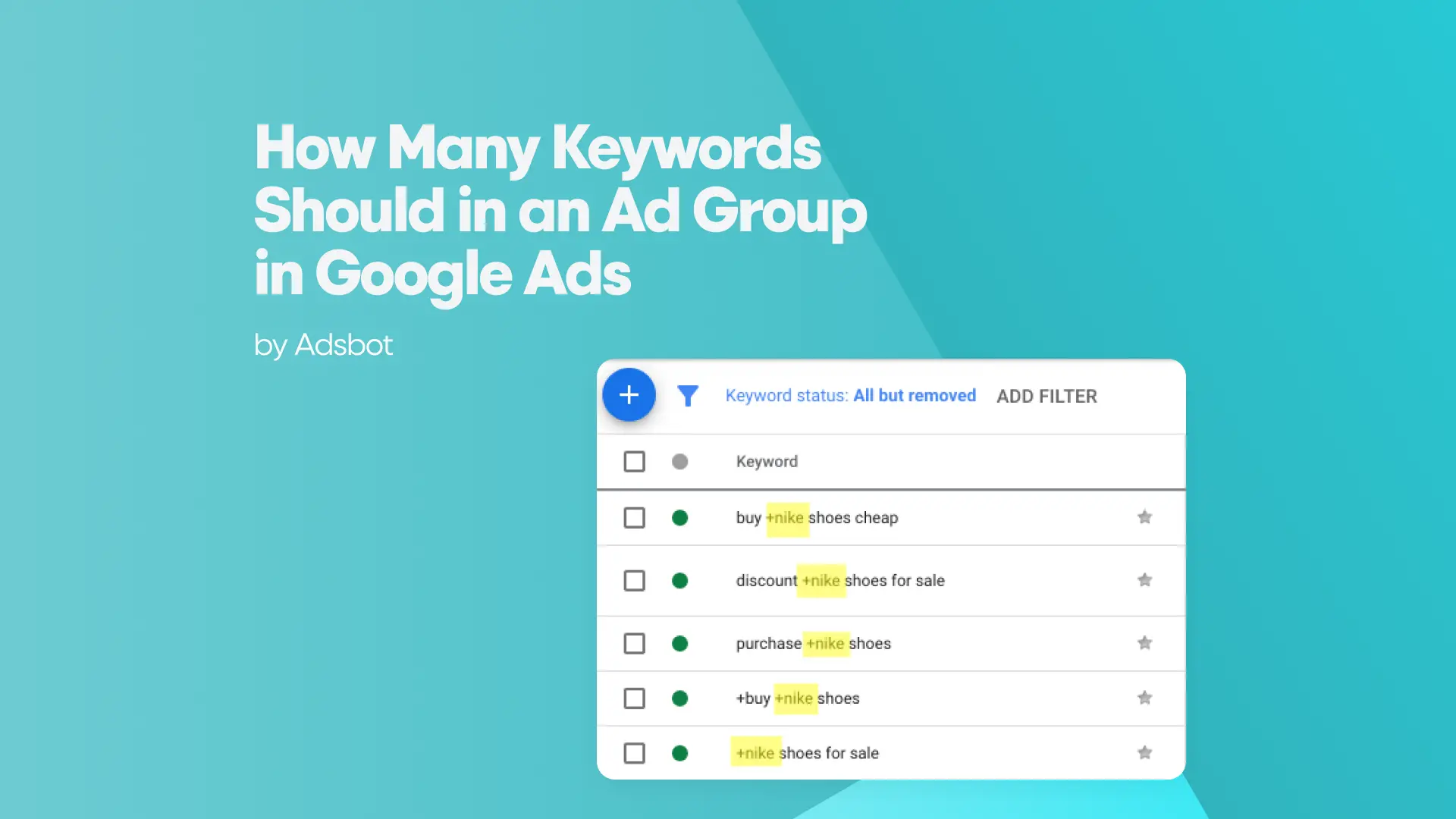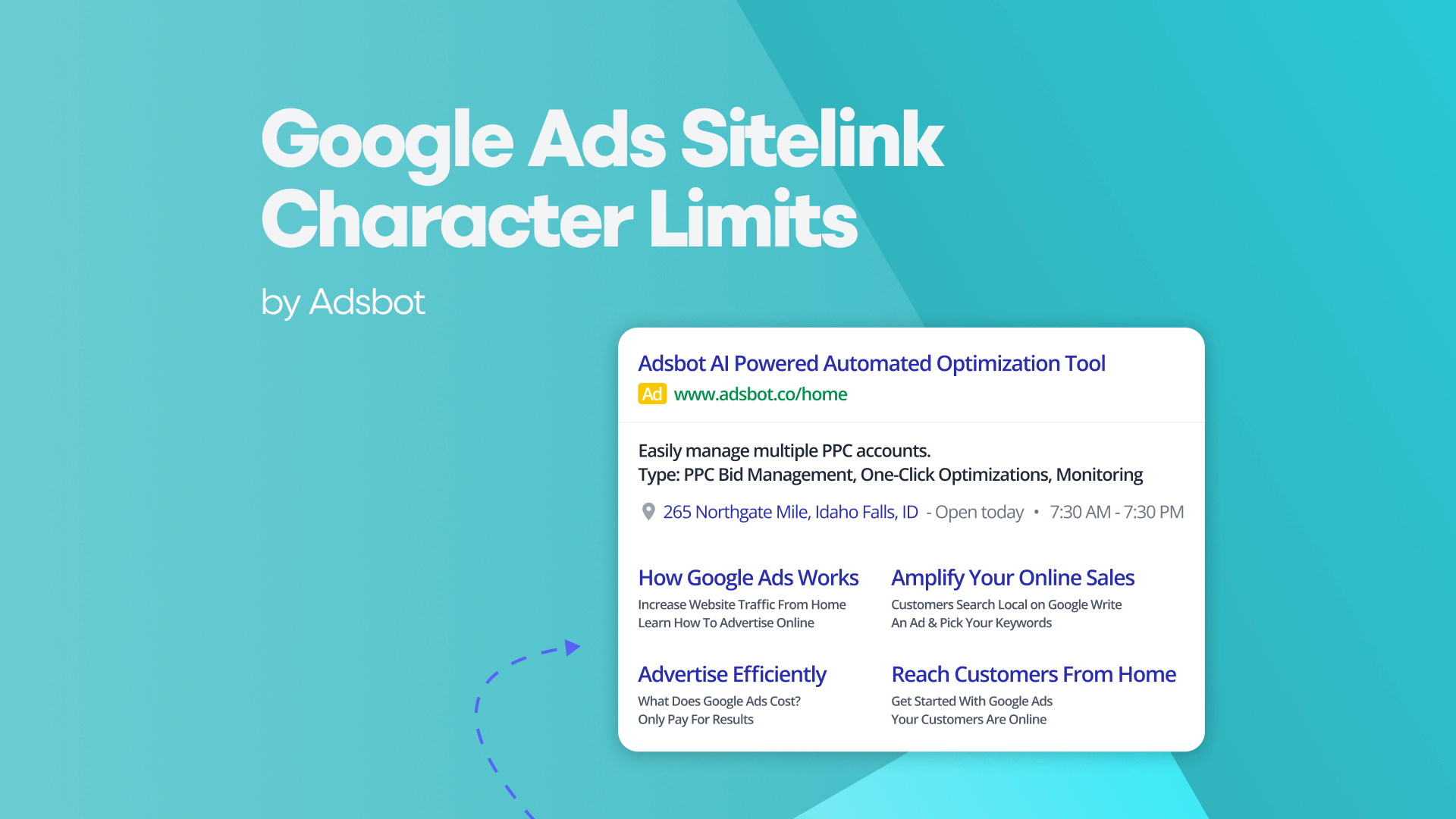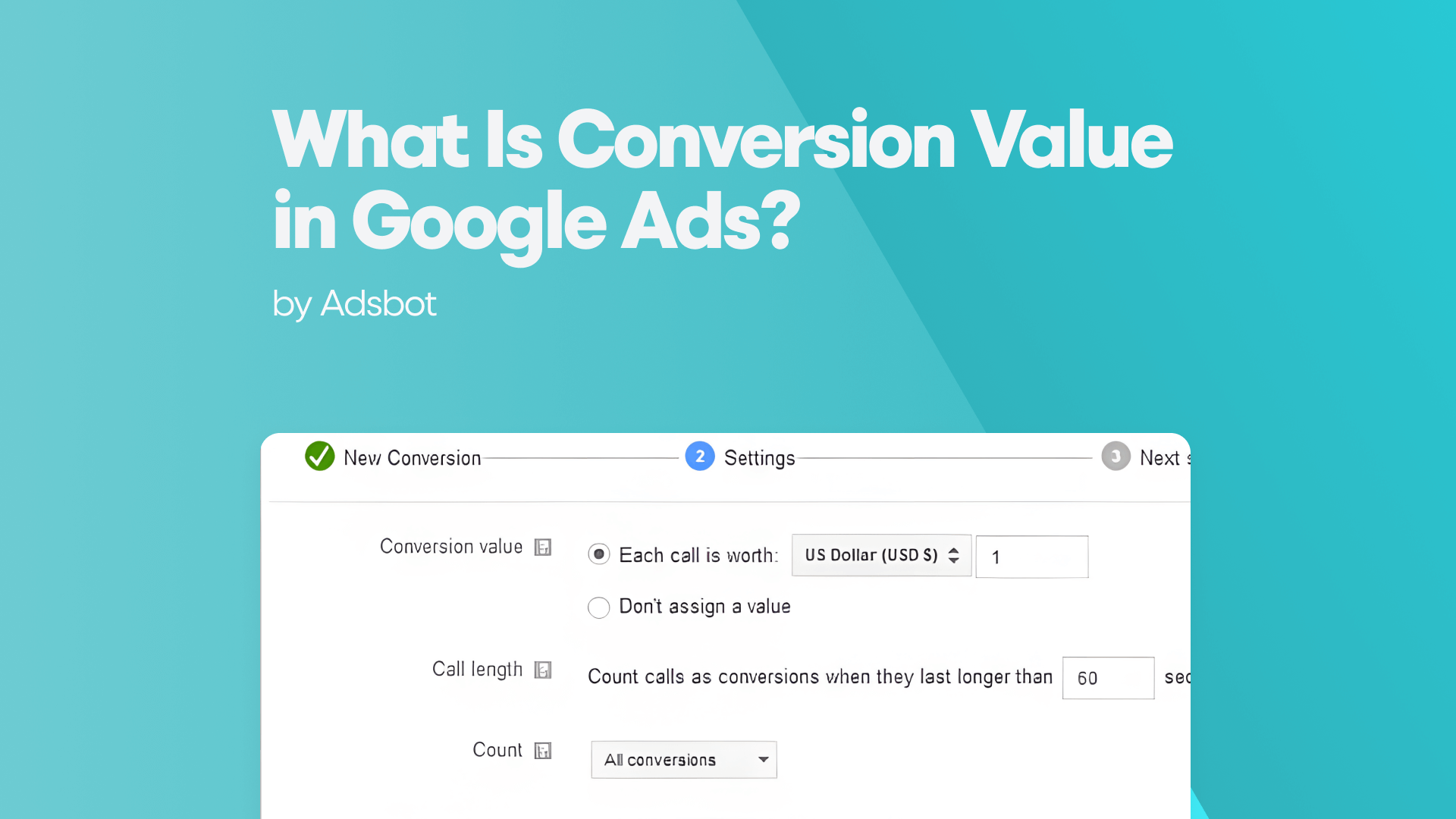Picture this: You’ve crafted the perfect ad; compelling copy, eye-catching visuals, and a killer call-to-action. But without the right tools to deploy, track, and optimize it, your masterpiece might as well be a message in a bottle lost at sea. In today’s fast-paced digital landscape, where consumers are bombarded with over 10,000 ads per day, standing out requires more than creativity; it demands precision, automation, and data-driven decision-making. That’s where advertising management tools come into play. These powerful platforms act as your mission control center, helping you launch campaigns across multiple channels, analyze performance in real-time, and scale your efforts without drowning in spreadsheets or guesswork.
But here’s the catch: Not all tools are created equal. Some excel in social media ads, while others dominate search or programmatic advertising. The wrong choice could mean wasted budgets, missed opportunities, or worse, campaigns that fail to convert. Whether you’re a solopreneur juggling Google Ads and Facebook campaigns or a marketing team managing enterprise-level budgets, this guide will equip you with the knowledge to choose, implement, and master the best advertising management tools for your needs. By the end, you’ll not only understand how these tools work but also how to leverage them to cut costs, save time, and skyrocket your ROI. Ready to transform your advertising strategy? Let’s dive in.
What Are Advertising Management Tools and Why They Matter
Advertising management tools are specialized software platforms designed to streamline the creation, execution, monitoring, and optimization of digital advertising campaigns across various channels. Unlike traditional manual methods, where marketers might toggle between Google Ads, Facebook Ads Manager, and Excel spreadsheets, these tools consolidate all advertising activities into a single, unified dashboard. They automate repetitive tasks like bid adjustments, audience targeting, and performance reporting, freeing up marketers to focus on strategy and creativity. But their true value lies in their ability to turn raw data into actionable insights. By aggregating metrics from multiple platforms (such as click-through rates, conversion costs, and customer acquisition metrics), these tools provide a holistic view of campaign performance, enabling marketers to make real-time adjustments that maximize efficiency and ROI.
The importance of advertising management tools has surged in recent years due to the fragmentation of digital advertising channels. Today’s consumers interact with brands across search engines, social media, display networks, and even connected TV, making it nearly impossible to manage campaigns manually without sacrificing performance. These tools bridge the gap by offering features like cross-channel attribution, automated rules for bid management, and AI-driven recommendations for ad placements. For businesses, this translates to reduced ad spend waste, higher conversion rates, and scalable growth. Small businesses can compete with larger players by leveraging automation, while enterprises can manage complex, global campaigns without expanding their teams. In essence, advertising management tools aren’t just a convenience; they’re a competitive necessity in an era where data and speed determine advertising success.
Key Features to Look for in Advertising Management Software
The most critical feature of any advertising management tool is its ability to provide centralized, real-time analytics with cross-channel attribution modeling. Without this, marketers are left guessing which touchpoints drive conversions, leading to misallocated budgets and missed opportunities. A robust tool should not only track metrics like impressions, clicks, and conversions but also attribute them accurately to specific ads, keywords, or audience segments, even across devices and platforms. Other key features include:
- Rule-Based Bid & Budget Automation: Tools like Adsbot allow you to create custom, automated rules to adjust bids and budgets based on your specific performance goals. For instance, you can set it to automatically increase bids on high-converting keywords or pause campaigns that exceed a certain CPA, ensuring your account responds to performance changes in real time to improve ROI.
- Real-Time Multichannel Dashboard: Tools like Adsbot aggregate performance metrics from Google Ads, Meta Ads (Facebook/Instagram), TikTok Ads, and Microsoft Ads into a single, unified dashboard. This provides a comprehensive, real-time view of all your campaigns, saving you from manually compiling data across different platforms.
- Paid & Organic Performance Analysis: A good tool integrates with Google Search Console to analyze your paid and organic search data together. This helps you identify opportunities to refine your strategy, such as reducing bids on keywords where you already have strong organic rankings, ensuring your paid and SEO efforts work in harmony.
- 24/7 Monitoring and Anomaly Detection: Tools like Adsbot act as a constant watchdog for your accounts, providing real-time alerts for significant anomalies like sudden cost spikes, conversion drops, or broken landing page URLs. This 24/7 monitoring helps protect your ad spend by quickly flagging critical issues that could be wasting your budget.
When evaluating options, prioritize tools that align with your specific advertising goals, whether that’s lead generation, e-commerce sales, or brand awareness. A tool packed with features you won’t use is as ineffective as one that lacks critical functionalities. Always opt for platforms that offer scalability, so your tool can grow with your business without requiring costly migrations down the line.
Comparing the Leading Advertising Management Platforms
The advertising management software market is dominated by a mix of all-in-one suites and specialized tools, each catering to different business needs and budgets. Google Ads Manager (formerly Google Ads Editor) remains a staple for search and display advertising, offering deep integration with Google’s ecosystem, including YouTube and the Display Network. Its strength lies in its granular control over bids, keywords, and ad placements, coupled with AI-powered recommendations through Google’s Smart Bidding. However, its limitations become apparent for businesses running multi-channel campaigns, as it lacks native support for social media platforms like Facebook or TikTok.
For marketers seeking a true cross-channel solution, platforms like AdRoll, Marin Software, and Kenshoo stand out. AdRoll, for instance, specializes in retargeting and prospecting across web, social, and email, making it ideal for e-commerce brands. Marin Software excels in enterprise-level campaign management with advanced attribution modeling and predictive analytics, while Kenshoo offers robust support for search, social, and programmatic advertising with a focus on global scalability. Meanwhile, Meta’s Advantage+ (formerly Facebook Ads Manager) dominates the social advertising space with unparalleled targeting options and creative tools, though its utility drops for non-social campaigns.
Emerging players like StackAdapt and Choozle are gaining traction for their programmatic advertising capabilities, particularly for native and video ads, but may lack the breadth of features found in more established platforms. For those heavily invested in the Google ecosystem, solutions like Adsbot offer powerful AI-driven analysis and 24/7 monitoring, providing deep insights and automation specifically tailored for Google Ads optimization. Ultimately, the best choice depends on your primary advertising channels, budget, and need for automation versus manual control.
How Advertising Management Tools Improve Campaign Performance
Advertising management tools act as a force multiplier for campaign performance by eliminating inefficiencies and leveraging data in ways manual management simply can’t match. One of the most immediate impacts is reduced ad spend waste. Through automated rules and AI-driven optimizations, these tools continuously adjust bids, pause underperforming ads, and reallocate budgets to high-converting keywords or audiences, often in real-time. For example, a tool might detect that a particular ad set is generating clicks but no conversions and automatically lower its bid or pause it entirely, saving hundreds (or thousands) of dollars that would otherwise be squandered. Studies show that businesses using automation see a 20-30% reduction in cost-per-acquisition (CPA) compared to manual campaigns.
Beyond cost savings, these tools enhance targeting precision by integrating data from multiple sources, including CRM systems, website analytics, and third-party data providers. This enables hyper-segmentation, such as targeting high-value customers with personalized ads or excluding existing customers from prospecting campaigns, to improve relevance and conversion rates. Additionally, A/B testing capabilities allow marketers to experiment with different ad creatives, landing pages, or audience segments without risking entire budgets. By identifying winning combinations faster, businesses can scale successful campaigns while phasing out underperformers. Finally, cross-channel attribution solves the age-old problem of determining which touchpoints drive conversions, ensuring credit is accurately assigned to each ad interaction, whether it’s a Google search, a Facebook ad, or a retargeting display banner. This holistic view empowers marketers to optimize the entire customer journey, not just isolated campaigns.
Managing Multi-Channel Advertising Campaigns Efficiently
The cornerstone of efficient multi-channel advertising is a unified dashboard that aggregates data from all platforms, providing a single source of truth for performance metrics. Without this, marketers waste countless hours logging into separate accounts, exporting reports, and manually stitching together insights, only to end up with fragmented, outdated data. A centralized tool eliminates this friction by pulling real-time data from Google Ads, Meta, LinkedIn, TikTok, and other channels into one interface, allowing for quick comparisons, trend spotting, and strategic adjustments without the administrative overhead. Platforms like Adsbot, for example, excel at this by providing a real-time, multi-channel dashboard that not only unifies metrics but also uses AI to generate automated reports and actionable optimization insights. Other key factors include:
- Automated workflows for campaign creation and updates: Tools that support bulk edits, templated campaigns, or API integrations with design platforms (like Canva or Adobe Creative Cloud) can reduce campaign setup time by up to 50%, freeing teams to focus on strategy.
- Cross-channel budget pacing and allocation: Advanced tools use predictive analytics to distribute budgets dynamically based on performance, ensuring no channel is over or under-funded. For instance, if Instagram ads are converting at a higher rate than Google Search, the tool can automatically shift more budget to Instagram.
- Consistent messaging and branding across channels: Features like asset libraries and approval workflows ensure all ads, whether on LinkedIn or TikTok, align with brand guidelines, maintaining a cohesive customer experience.
- Localization and global campaign management: For businesses operating in multiple regions, tools that support language localization, time-zone-based scheduling, and currency adjustments simplify the complexity of international campaigns.
- Integration with marketing stacks: The best advertising management tools seamlessly connect with CRM systems (like Salesforce or HubSpot), email marketing platforms (like Mailchimp), and analytics tools (like Google Analytics 4), creating a closed-loop system where ad performance data informs broader marketing strategies.
The ability to manage multi-channel campaigns efficiently isn’t just about saving time; it’s about maximizing reach and relevance. By ensuring your ads are consistently optimized and aligned across all touchpoints, you create a seamless experience for potential customers, regardless of where they encounter your brand. This cohesion builds trust, improves conversion rates, and ultimately drives higher lifetime value from your advertising efforts.
Case Study: A Success Story with Adsbot
A powerful example of these principles in action comes from Digimetri, a premier Google Partner agency. The agency faced a critical challenge common in the industry: a heavy manual workload for monitoring KPIs across Google and Meta Ads, leading to slow budget shifts and wasted ad spend. With team hours consumed by routine tracking instead of high-level strategy, their capacity for growth was limited. This operational friction made it difficult to spot granular opportunities, such as the overlap between their paid campaigns and strong organic search rankings.
To solve this, Digimetri integrated Adsbot’s AI-powered automation platform. The first step was centralizing all performance KPIs from Google Ads and Meta Ads into Adsbot’s unified dashboard for 24/7 monitoring. This immediately automated routine tasks like pausing underperforming campaigns and adjusting bids. Next, they leveraged Adsbot’s AI to analyze Meta ad sets and creatives, identifying subtle performance patterns that manual reviews often miss. Finally, they used a key cross-channel feature: Adsbot cross-referenced Google Search Console data with Google Ads spend, flagging keywords where they were paying for clicks despite already holding top-3 organic rankings.
The impact was immediate and substantial. With automation handling the manual workload, the team’s monitoring hours collapsed by 62%, freeing them to focus on strategic initiatives and creative testing. The AI-powered analysis proactively paused 120 ineffective Google and Meta campaigns, preventing an estimated $45,000 in wasted spend. Furthermore, by identifying and pausing paid bids on keywords with strong organic rankings, Digimetri reclaimed 18% of its Google Ads budget, reallocating it to new growth opportunities.
These efficiency gains translated directly into transformative business results over just three months. The intelligent reallocation of budgets drove a remarkable 130% uplift in blended ROAS and cut overall wasted ad spend by 35%. This newfound operational efficiency allowed Digimetri to scale its client base without a proportional increase in headcount. The case study demonstrates how a dedicated advertising management tool not only saves time and money but also unlocks strategic capacity, turning a reactive agency into a proactive, data-driven growth engine.
Popular Posts
-
How Many Keywords Should Be In an Ad Group in Google Ads?
Ever wondered if your Google Ads campaigns are packed with…
Read more -
Google Ads Script for Dummies: An Introduction
Imagine you have an e-commerce website that sells licensed superhero…
Read more -
Google Ads Sitelink Character Limits
Your Google Ads are cutting off in the middle of…
Read more -
What Is Conversion Value in Google Ads?
What if you could put a price tag on every…
Read more
Register for our Free 14-day Trial now!
No credit card required, cancel anytime.





